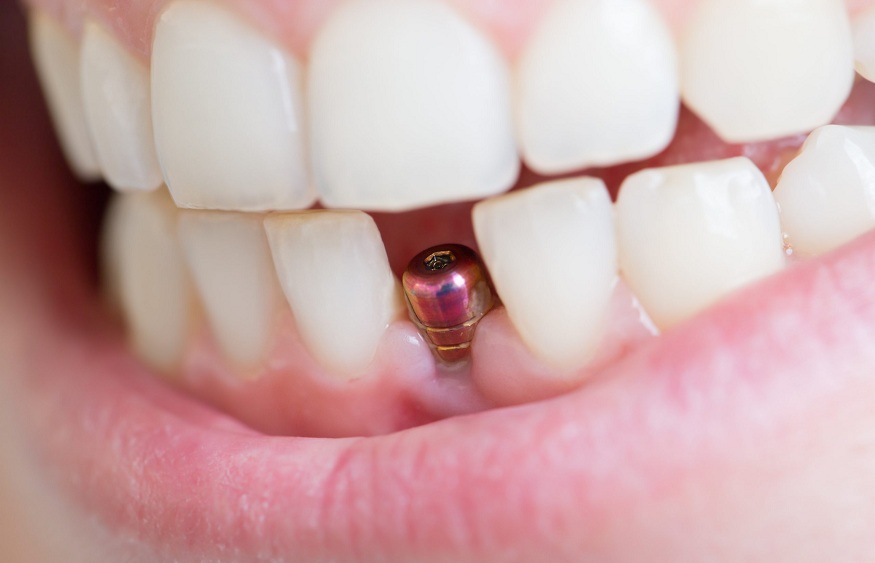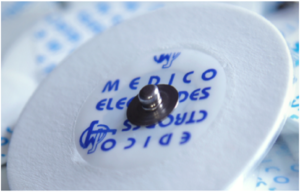
Bone loss is a common occurrence, and it can be due to gum disease, genetics, or age. Fortunately, you don’t need to tolerate a weak jawbone. Dr. Munné and her team can perform Museum District bone grafting to restore bone density and strength in your jawbone, providing a strong foundation for your implants.
How to prepare for bone grafting
Preparation is essential to ensure the best possible outcome and minimize the risk of complications. During your initial consultation, your provider will analyze your medical history and enquire about any medications or supplements you may be taking. They may also conduct-rays or blood tests to ensure your eligibility for the procedure. The team may advise you to quit smoking and avoid specific medications that interfere with the procedure. Additionally, you may need to arrange for a loved one to drive you home and support you through the first 24 hours of recovery. Your doctor may also give you several preoperative instructions to prepare your body for surgery. They may include fasting for a specific period and avoiding certain beverages.
What to expect during the procedure
Bone grafting involves transplanting bone tissue from one area of your body or synthetic material to your jawbone. If you don’t have adequate bone to support your dental implants, your provider may recommend this procedure to provide a sturdy foundation. Your provider will perform the surgery under general or local anesthesia to ensure you don’t experience any pain. During the surgery, your doctor will create an incision in the gums and prepare it for a bone graft. They will then place the graft into the area and secure it in place using plates, pins, or screws. The team will then close the incisions and give you instructions to aid with your recovery.
What to expect during recovery
The length of the recovery period relies on your overall health. After the surgery, you may experience pain and discomfort at the surgical site, which resolves within a few days. The team may prescribe pain medication and advise you to bite on hard objects or chew on the treated side for a while. You will also need to maintain good oral hygiene to prevent infection at the incision site and promote healing. It will take you six months to a year to recover. As your graft begins to heal, you will experience improved bone density and strength in your jaw. You may also notice small bone fragments coming out of the treatment area during the healing process.
Risks associated with bone grafting
Although bone grafting is a common procedure, it has risks, just like any other surgery. The most common complication is an infection that can occur at the donor site or where the graft was placed. If not treated, the infection can spread, leading to more severe complications. Another potential risk is the rejection of the graft. This occurs when your immune system perceives the graft as a foreign object and attacks it leading to failure of the graft to heal properly, pain, and inflammation. Sometimes, a second surgery may be necessary to replace the graft.
For more information about bone grafting, call Dr. Munné or book your spot online.







